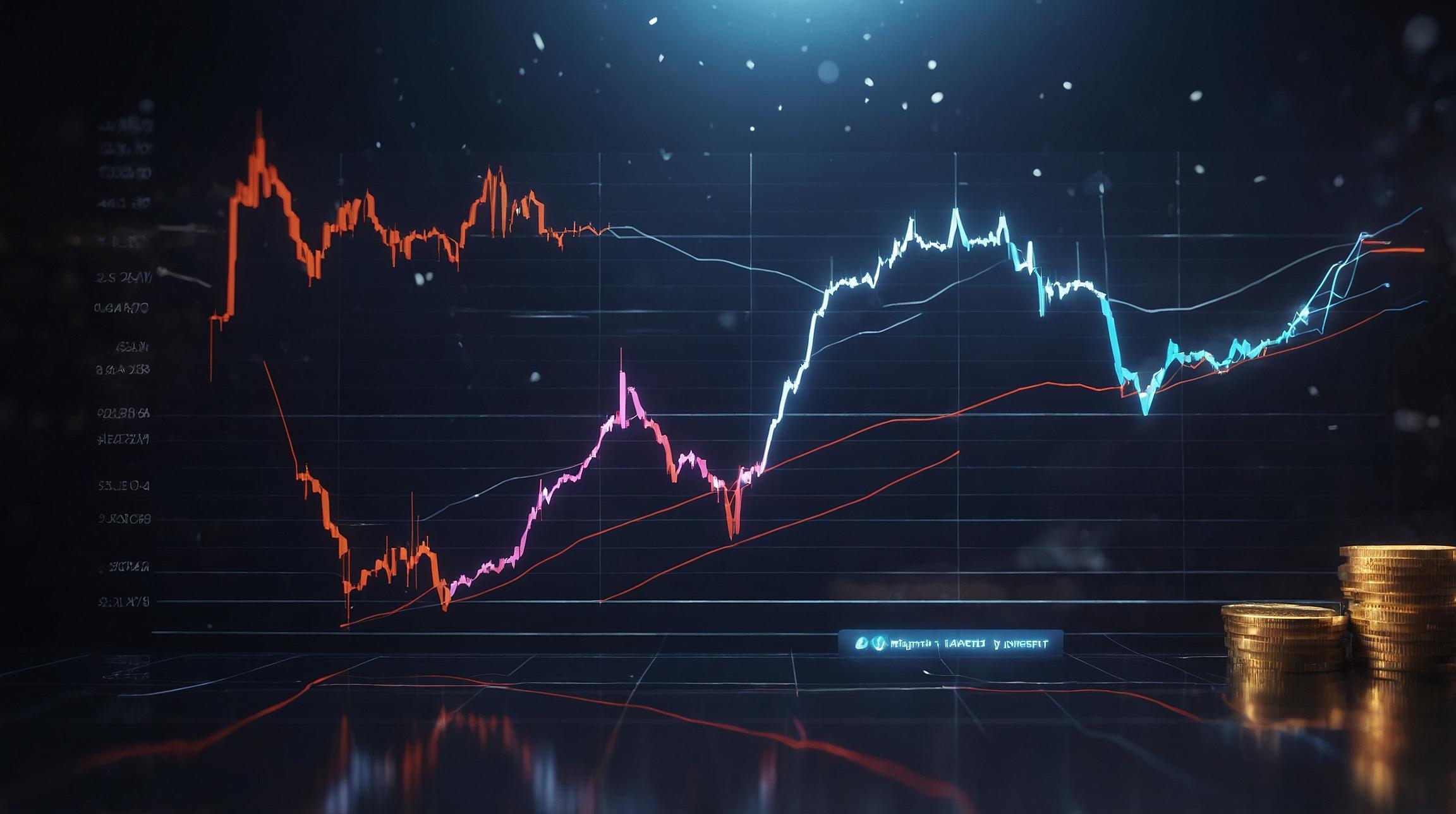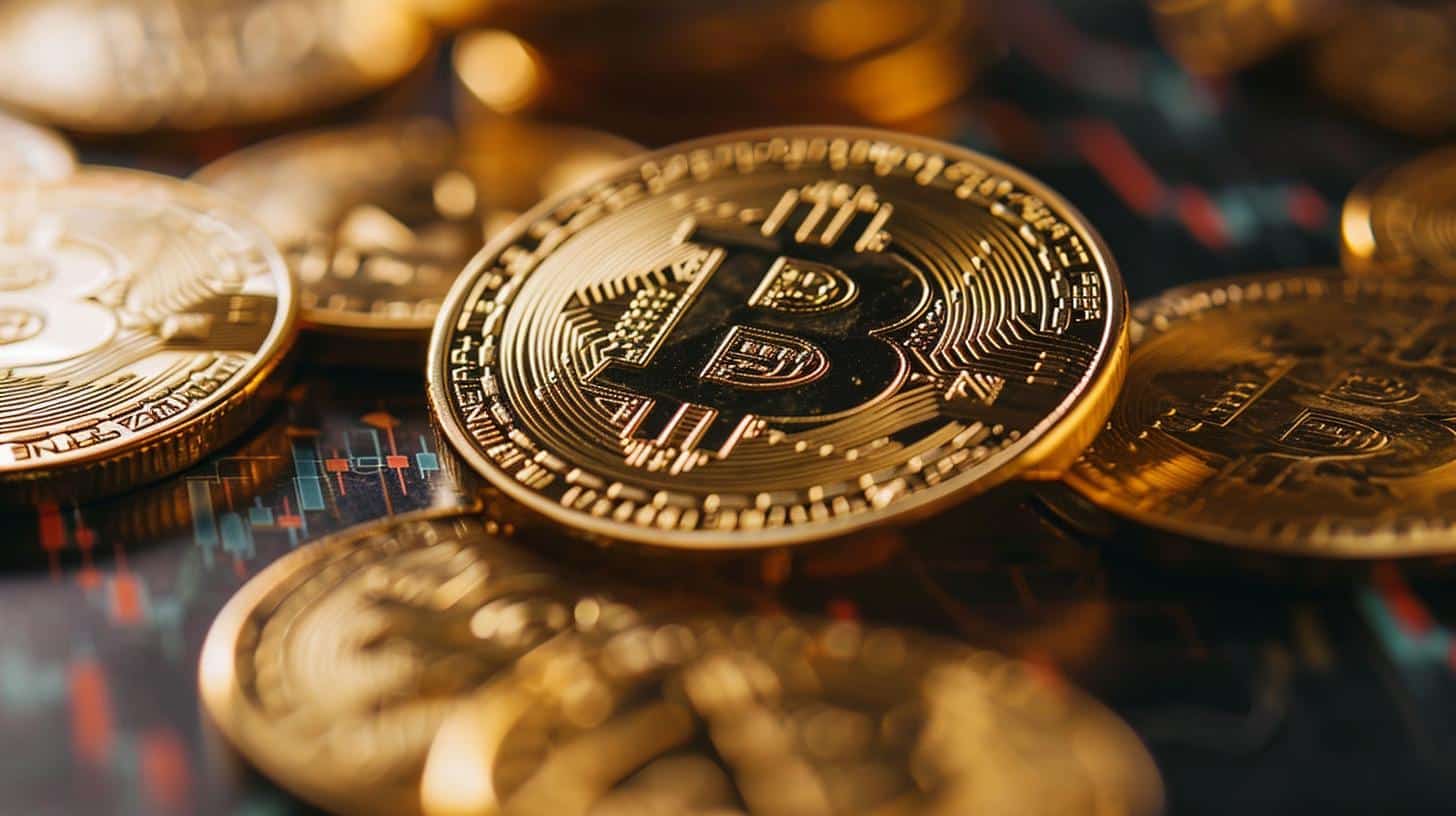Exploring Wrapped Tokens: Bringing Real-World Assets to the Blockchain
In the rapidly evolving world of cryptocurrency, a new trend is making headlines: wrapped tokens. These digital assets are redefining how we think about blockchain technology and its capacity to bridge the gap between virtual currencies and real-world assets. Wrapped tokens are not just a buzzword; they are a significant step forward in the decentralized finance (DeFi) movement, offering a seamless method to tokenize and trade traditional assets in the crypto space.
What Are Wrapped Tokens?
At their core, wrapped tokens are a type of cryptocurrency that represents a real-world asset, such as fiat currency, stocks, or commodities, on a blockchain. They are called "wrapped" because the original asset is put into a "wrapper" or digital vault, allowing it to be issued on a blockchain while maintaining its original value. The most prevalent example is Wrapped Bitcoin (WBTC), which represents Bitcoin on the Ethereum blockchain, allowing BTC holders to engage in the Ethereum-based DeFi ecosystem without selling their Bitcoin.
The Mechanism Behind Wrapped Tokens
The process of creating wrapped tokens involves "locking up" the real-world asset with a custodian, who then issues the equivalent value of the asset in tokens on a blockchain. This is facilitated through smart contracts, which enforce the terms of the tokenization securely and transparently. The interoperability that wrapped tokens provide enables a fluid exchange of assets across different blockchain platforms, boosting liquidity and opening up new opportunities for investment and trading.
The Impact on the Blockchain Ecosystem
Wrapped tokens are a game-changer for the blockchain ecosystem. By bringing real-world assets onto the blockchain, they enhance the utility of cryptocurrencies and expand the scope of DeFi. This integration allows for the creation of complex financial instruments, like derivatives and yield-generating strategies, previously limited to the traditional financial system. Moreover, it democratizes access to these assets, making them available to a broader audience without the need for intermediaries.
Challenges and Opportunities
Despite their potential, wrapped tokens face challenges, particularly concerning regulation and security. The process requires trust in the custodian that holds the original assets, and regulatory clarity is needed to navigate the legal implications of tokenizing traditional assets. However, the opportunities wrapped tokens present for innovation in finance are vast. They could significantly reduce friction in cross-border transactions, enhance liquidity in the crypto markets, and make asset ownership more inclusive and diversified.
The Future of Wrapped Tokens
As the blockchain industry continues to mature, the role of wrapped tokens is expected to expand. Innovations in smart contract technology and decentralized governance models are likely to address current challenges, paving the way for a more integrated and efficient global asset market. The potential for wrapped tokens to transform the financial landscape is enormous, offering a glimpse into a future where the boundaries between the digital and the physical economy blur.
In conclusion, wrapped tokens stand at the forefront of a significant shift in how we perceive asset ownership and investment. By enabling the tokenization of real-world assets on the blockchain, they offer a promising path toward a more interconnected, efficient, and inclusive financial ecosystem. As the technology evolves, it will be fascinating to watch how wrapped tokens shape the future of decentralized finance and the broader economic landscape.













